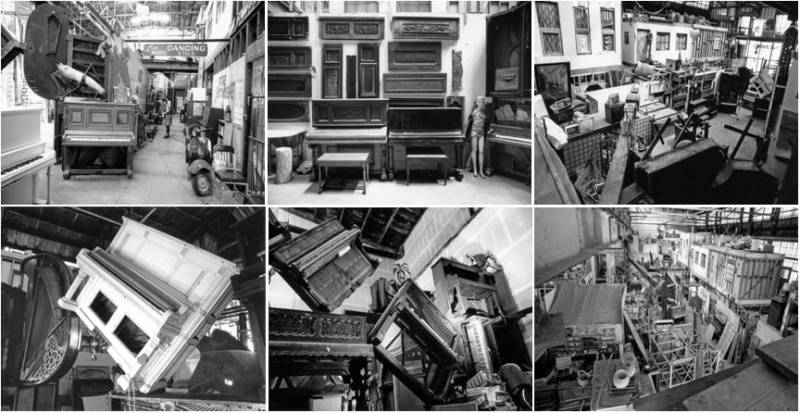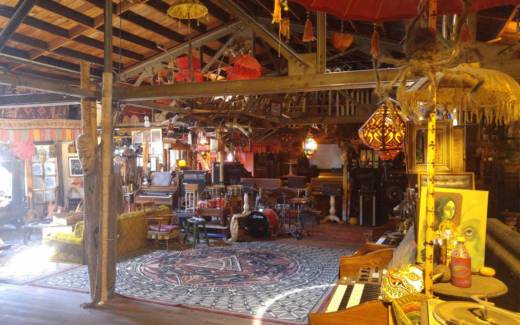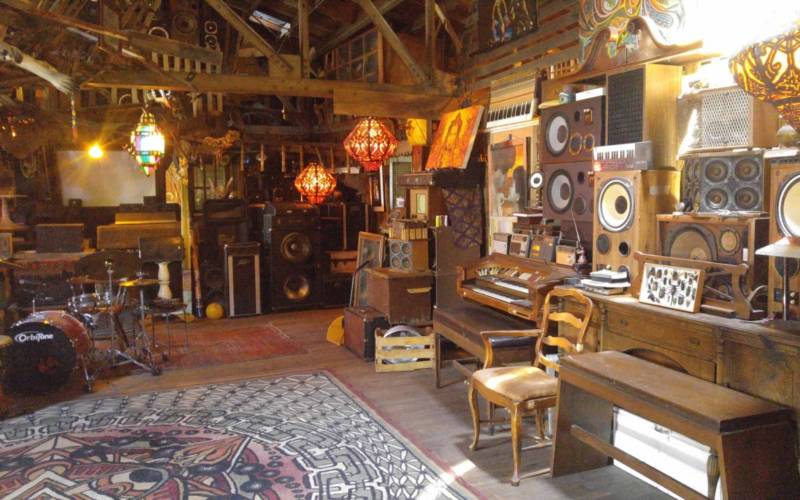There are no words to convey the heartbreak felt by those closest to the Oakland Ghost Ship warehouse fire. At the moment, 33 are confirmed dead, with search crews still sorting through the ashes of the site. As stories and details of the fire are shared, and while thousands await news of missing loved ones, a phrase keeps coming up: “It could have been any one of us.”
For those of us involved in artist spaces one way or another, the tragedy is impossible to process. I, too, have been inside a warehouse like that, we think, living, working, dancing into the night. According to the Oakland Fire Department, this fire has taken more lives than any in the city’s history.
And yet for many of us, these spaces are what have kept us alive. In a world that demands its inhabitants to be a certain way, think a certain way, or live a certain way, we gravitate to the spaces that say: Welcome. Be yourself. For the tormented queer, the bullied punk, the beaten trans, the spat-upon white trash, the disenfranchised immigrants and young people of color, these spaces are a haven of understanding in a world that doesn’t understand — or can’t, or doesn’t seem to want to try.
The first such space in Oakland I came across, in 1994, was Phoenix Ironworks, a giant former foundry in West Oakland cluttered with furniture, mannequins, makeshift structures, and large-scale, incredible art around every corner. A skate ramp owned by the editor of Thrasher took up part of the space; most of it was a labyrinth of over 50 pianos forming walls and hallways. Parties at Phoenix Ironworks were the stuff of legend: bands played, and, if the mood was right, a giant Tesla coil would be wheeled out into 8th and Pine Streets to create loud, bright lightning across the sky on the furthest forgotten edge of the city.

I spent long hours inside Phoenix Ironworks, rehearsing with my band and getting to know its residents. And in the years since, I’ve lived in, been to, helped build, or performed at dozens if not hundreds of similarly unsanctioned DIY artist spaces, warehouses and punkhouses in the Bay Area and around the country — and the world. There are thousands like me who are a product of such environments. Chances are that you are, too.




